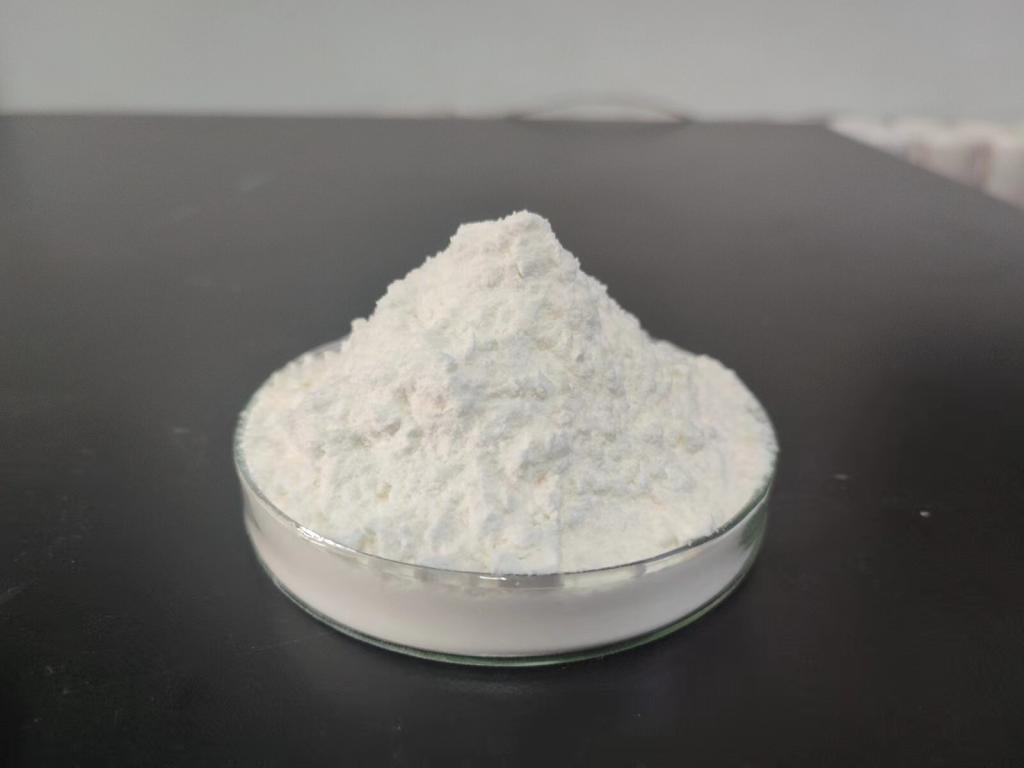
 CONTACT
CONTACT
- Linkman:Linda Yao
- Tel: +8618231198596
- Email:linda.yao@dcpharma.cn
- Linkman:CHARLES.WANG
- Department:Overseas
- Tel: 0086 0311-85537378 0086 0311-85539701
Exploring ε-Polylysine Hydrochloride as a Safe Alternative in Water Purification
TIME:2024-01-17
Clean and safe water is a fundamental requirement for sustaining life, and the global demand for reliable water purification methods has never been more critical. Traditional water treatment processes often involve the use of chemicals that raise concerns about environmental impact and potential health hazards. ε-Polylysine hydrochloride, a natural antimicrobial polymer derived from bacteria, has emerged as a promising alternative in water purification. This article delves into the properties, applications, and potential benefits of ε-polylysine hydrochloride as a safe and effective solution for ensuring access to clean water.
The Need for Sustainable Water Purification
Global Water Challenges: The availability of clean water is a pressing global concern, with many regions facing challenges such as water scarcity, pollution, and inadequate access to safe drinking water. As the global population grows, the demand for water increases, highlighting the urgency of sustainable water purification solutions.
Environmental Impact of Traditional Methods: Conventional water treatment methods often rely on chemical disinfectants such as chlorine, which can lead to harmful by-products and have adverse effects on aquatic ecosystems. Finding alternatives that are effective, environmentally friendly, and safe for human consumption is imperative.
ε-Polylysine Hydrochloride: A Natural Solution
Origins and Production: ε-Polylysine hydrochloride is a natural polymer produced through the fermentation of Streptomyces albulus bacteria. This biopolymer consists of repeating lysine units linked by amide bonds. The fermentation process ensures a sustainable and eco-friendly source, aligning with the principles of green chemistry.
Antimicrobial Properties: ε-Polylysine hydrochloride exhibits strong antimicrobial properties against a wide range of microorganisms, including bacteria and fungi. Its mode of action involves disrupting the cell membranes of these microbes, preventing their growth and proliferation. This makes ε-polylysine hydrochloride an effective biocide for water purification.
Applications in Water Purification
Disinfection and Microbial Control: ε-Polylysine hydrochloride can be used as a disinfectant to control microbial contamination in water. Its efficacy against pathogenic bacteria and waterborne pathogens makes it a valuable tool in ensuring that water intended for consumption is free from harmful microorganisms.
Biofilm Prevention: Biofilm formation in water distribution systems poses a persistent challenge. ε-Polylysine hydrochloride has demonstrated effectiveness in preventing biofilm formation, which not only improves water quality but also reduces the need for harsh chemical treatments to control biofilm-related issues.
Algae and Cyanobacteria Control: Algal blooms and the presence of cyanobacteria can lead to water quality issues, including the production of toxins. ε-Polylysine hydrochloride has shown promise in controlling algae and cyanobacteria, providing a non-toxic alternative to conventional algaecides.
pH Stability and Compatibility: One of the advantages of ε-polylysine hydrochloride is its stability across a wide pH range. This makes it suitable for application in diverse water sources with varying acidity levels. Additionally, its compatibility with other water treatment processes enhances its versatility in integrated water purification systems.
Environmental and Health Considerations
Biodegradability: ε-Polylysine hydrochloride is inherently biodegradable, which means it undergoes natural decomposition over time without leaving harmful residues. This characteristic addresses concerns related to persistent chemicals in the environment and aligns with the principles of sustainable water treatment.
Non-Toxicity and Human Safety: In comparison to certain traditional disinfectants, ε-polylysine hydrochloride is considered non-toxic to humans and animals. It does not produce harmful disinfection by-products associated with chlorine-based treatments, contributing to the safety of drinking water.
Reduced Environmental Impact: The production of ε-polylysine hydrochloride through fermentation is a low-impact process that minimizes energy consumption and waste generation. Its use in water purification contributes to reducing the overall environmental footprint associated with water treatment.
Challenges and Potential Solutions
Cost Considerations: While ε-polylysine hydrochloride shows promise, its widespread adoption may be hindered by cost considerations. Research and technological advancements aimed at optimizing production processes and reducing costs can enhance the economic feasibility of this alternative.
Public Perception and Education: Public acceptance of new water purification methods is crucial for their successful implementation. Education campaigns highlighting the safety, efficacy, and environmental benefits of ε-polylysine hydrochloride can address any concerns and build trust among consumers.
Case Studies and Success Stories
Japanese Water Treatment Plants: Japan has been at the forefront of exploring ε-polylysine hydrochloride in water treatment. Several water treatment plants in Japan have successfully integrated ε-polylysine hydrochloride into their processes, showcasing its efficacy in ensuring safe and high-quality drinking water.
European Research Initiatives: Research initiatives in Europe have focused on the application of ε-polylysine hydrochloride in combating waterborne pathogens and controlling microbial contamination. Collaborative efforts between academia, industry, and regulatory bodies contribute to the ongoing evaluation of its performance in diverse water sources.
Future Perspectives and Research Directions
Advanced Formulations and Delivery Systems: Ongoing research explores advanced formulations and delivery systems for ε-polylysine hydrochloride, aiming to enhance its stability, efficacy, and ease of application. Innovations in encapsulation and controlled release mechanisms can further optimize its performance in various water treatment scenarios.
Integration into Smart Water Systems: The integration of ε-polylysine hydrochloride into smart water systems, leveraging sensors and real-time monitoring, represents a futuristic approach. Smart water technologies can optimize the dosage and application of ε-polylysine hydrochloride based on dynamic water quality parameters.
Conclusion
As the global population grows and the demand for clean water escalates, the search for sustainable and safe water purification methods intensifies. ε-Polylysine hydrochloride, with its natural origin, antimicrobial properties, and environmental compatibility, emerges as a promising alternative in the quest for water security. From disinfection and microbial control to biofilm prevention and algae control, ε-polylysine hydrochloride demonstrates versatility in addressing diverse water quality challenges.
While challenges such as cost considerations and public perception need attention, ongoing research and successful case studies underscore the potential of ε-polylysine hydrochloride in revolutionizing water treatment practices. By embracing innovative solutions like ε-polylysine hydrochloride, we move towards a future where clean water is not only a necessity but also an accessible and sustainable reality for communities around the world.
- Tel:+8618231198596
- Whatsapp:18231198596
- Chat With Skype







